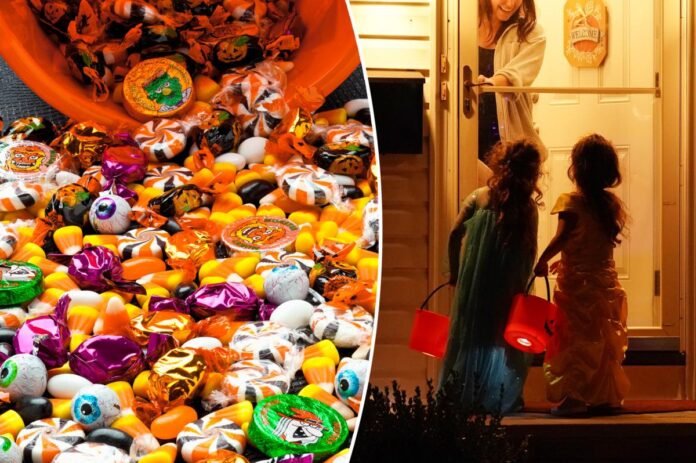Is your Halloween candy safe for kids? A UK scientist says adults should rethink sweet treats this year. Halloween is coming, and children will be rushing door‑to‑door for candy and sweets. But a senior lecturer from the University of Bristol says that some popular Halloween treats could do more harm than good.
The voices behind the warning
Dan Baumgardt, a psychology and neuroscience lecturer, wrote a piece for The Conversation in which he explains he will no longer hand out candies to his own children. “I’m not just being picky—I’ve seen what too much sugar does,” he wrote.
Licorice: a chewy culprit
Licorice is made from the root of a plant mixed with sugar, gelatin or starch. The active ingredient, glycyrrhizin, can disturb hormones.
In small amounts licorice can help with indigestion, but large portions raise blood pressure and lower potassium levels.
The compound mimics adrenal hormones like cortisol and aldosterone. When taken in excess it can lead to fluid retention, muscle breakdown, and even heart, liver or kidney problems.
Tip: limit homemade or store‑bought licorice, especially for kids with kidney or heart concerns.
Sherbets and super‑sour sweets
Fun Dip, Tootsie Pops, and other “sour” treats look fun, but they are packed with sugar and citric acid.
Citric acid gives the sharp “face‑scrunch” taste, but its high acidity can strip tooth enamel and cause mouth ulcers.
Shiny screens and headlines warn that acidic candies irritate the stomach lining and may lead to inflammation or exact ulceration.
If your child loves super‑sours, keep the portions small and rinse the mouth afterward.
Sugar: the silent threat
We all know that a pile of candy isn’t great for teeth, but the risks go further.
Sugar feeds bacteria in the mouth, which produce acids that erode enamel and cause gum irritation (gingivitis).
After swallowing, the glucose spike can trigger short bursts of hyper‑activity, followed by a crash of fatigue and irritability.
Large sugar intakes are linked to weight gain, insulin resistance (a warning sign for type‑2 diabetes), and increased risks of heart disease, liver damage, high cholesterol and high blood pressure.
What parents can do
- Check labels for hidden sugars and look for “sugar,” “sucrose,” “high fructose corn syrup,” and “fructose” as ingredients.
- Serve candy in moderation—think small handfuls, not entire bins.
- Pair sweets with water or a cheese plate to help neutralize acids.
- Encourage brushing after a candy run to protect enamel.
- Keep an eye on how your child reacts—excessive sugar can worsen headaches, mood swings and even acne.
Halloween is a fun tradition, but it comes with a handful of sugary risks. By being mindful of licorice, super‑sours and the sheer amount of sugar, parents can protect their kids’ teeth, heart and overall health while still enjoying the spooky season.
Source: New York Post
Stay informed on all the latest news, real-time breaking news updates, and follow all the important headlines in world News on Latest NewsX. Follow us on social media Facebook, Twitter(X), Gettr and subscribe our Youtube Channel.



